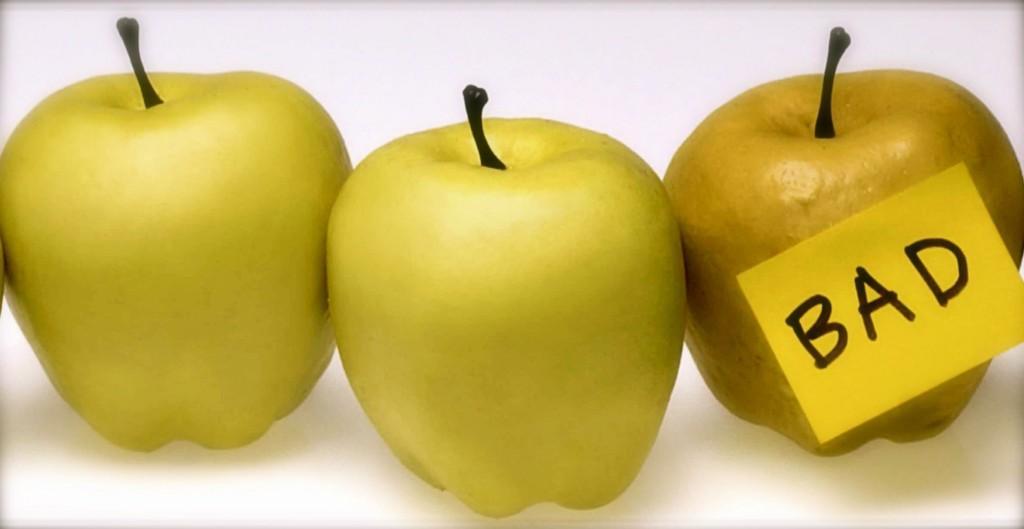 Smart bakers agree, fresh ingredients are the key to success. If the ingredients are bad, no baker, no matter how skilled, can make a great pie. The same is true with data services. No matter how good the support, sample code, and documentation; bad data-in means bad data-out. Bad apples mean bad apple pie.
Smart bakers agree, fresh ingredients are the key to success. If the ingredients are bad, no baker, no matter how skilled, can make a great pie. The same is true with data services. No matter how good the support, sample code, and documentation; bad data-in means bad data-out. Bad apples mean bad apple pie.
Over the last 13 years or so, we’ve established loyal, long-term relationships with the industry’s leading data providers. These relationships ensure we get early access to the best contact data out there. Our underlying goal is to have the most accurate address, phone and email data, period. Last week, however, we discovered some bad apples. While the rest of America was
watching football, we ran an analysis on a new dataset from a provider and derived some interesting information.
As a general rule of thumb, phone service providers self-report which exchanges are assigned to landlines, wireless or other services. A phone exchange is the first seven digits of your phone number. So if your phone number is 805-966-3655 then your exchange is 8059663. It is possible to link an exchange with a line type (such as a landline or wireless) and location. For example, we know the exchange 8059663 is a landline number assigned to Verizon in Santa Barbara. Knowing the exchange type and location is an important element is detecting fraud.
OK, so here is where this gets interesting. We maintain exchange information for 1.7 million exchanges in North America. We’ve suspected that AT&T has been incorrectly reporting the details of phone exchanges in Connecticut, Maine, and Illinois. Today, we know this is true! We’ve found at least 150 exchanges assigned to AT&T reported as landlines that are actually wireless numbers. Each exchange contains up to 1,000 individual phone numbers. This means that potentially 150,000 phone numbers have been incorrectly categorized by AT&T! Phone calls made to these numbers in good faith by marketers could result in fines and legal ramifications, since they are actually cell phone numbers.
The root of this issue goes back 30 years ago when the great break-up of the telecommunication companies occurred. The theory back then was that more phone companies would be better for consumers than fewer phone companies [1]. When the break-up happened, consistent reporting of exchange information went out of fashion. No one had the time, nor the need to verify exchange assignments for Southern New England Telephone, Bell Atlantic, USWest, Sprint, CellularOne and hundreds of others.
Fast forward to today when there are fewer phone companies: mainly AT&T, Verizon and T-Mobile. Exchange data is generally more accurate except for a few hundred exchanges that were incorrectly reported years ago. Exchange data is now a critical element for any business to decide how to route inbound calls, what offers to provide, to identify fraud, and most importantly, to assist with compliance with the Telephone Consumer Protection Act (TCPA). Stay tuned: more on news on TCPA compliance to come.
Having new insight for these 150 AT&T exchanges improves most of our data quality web services and is one more example of our obsession for finding the most accurate data available. Our exchange data is shared by our lead validation, order validation, and all our phone services. Having fresh exchange data is like have fresh apples for a pie. It makes life easier.
AT&T we forgive you — no sour apples here.





